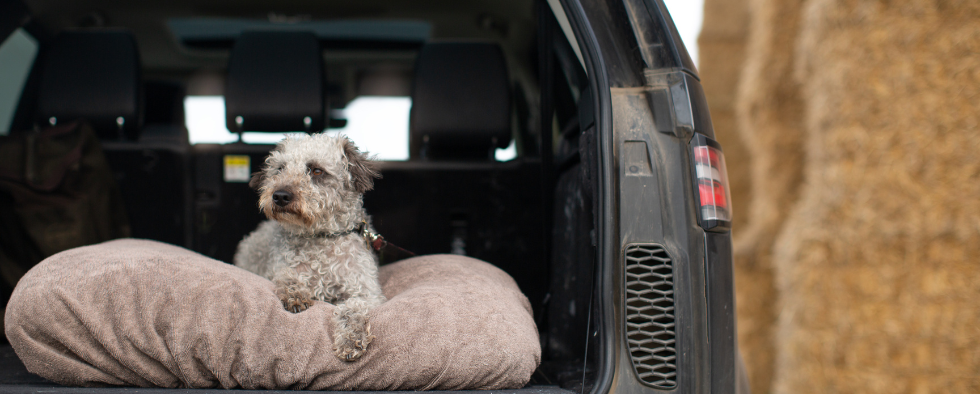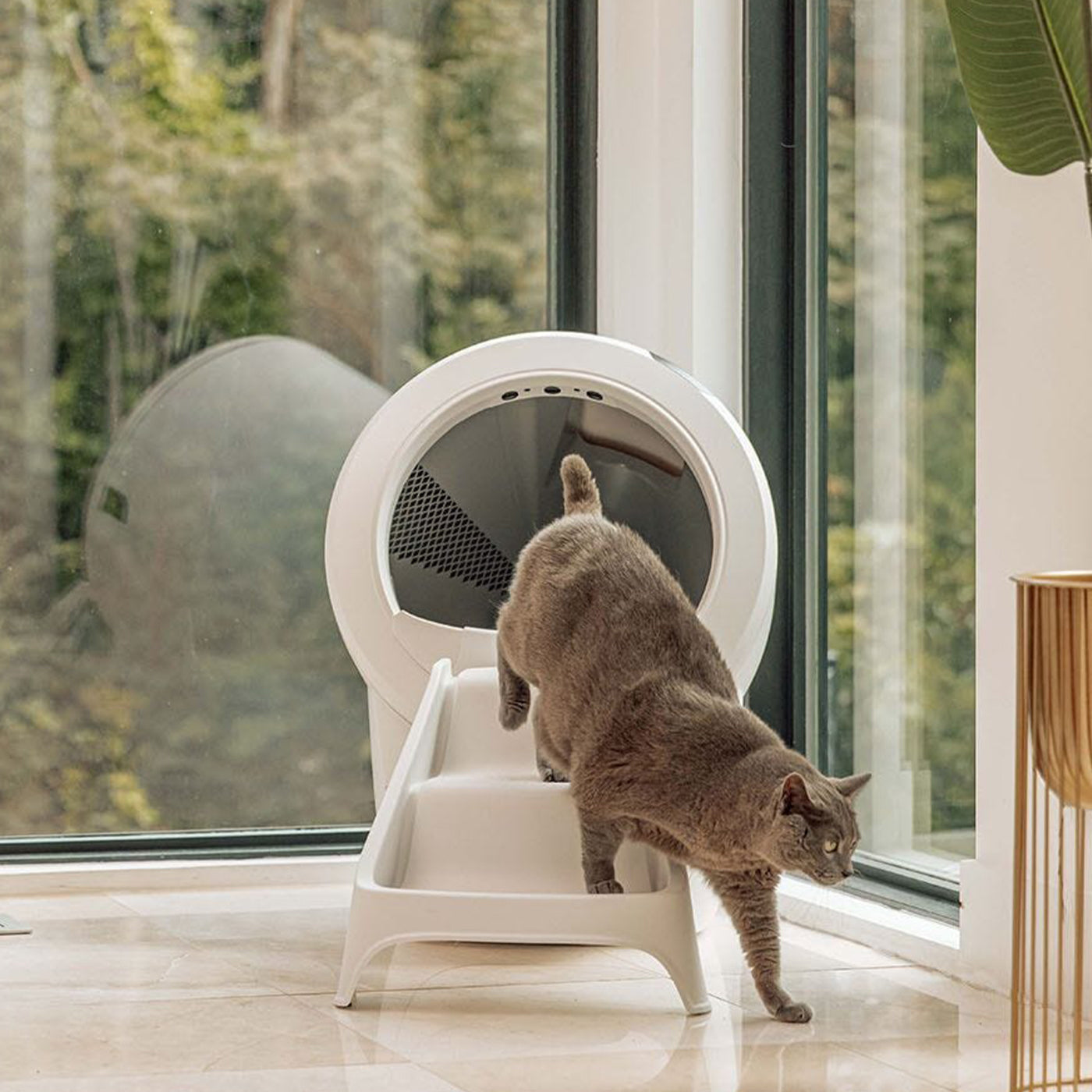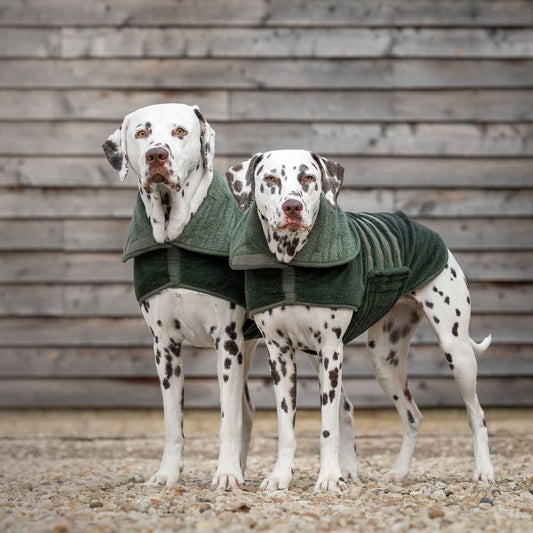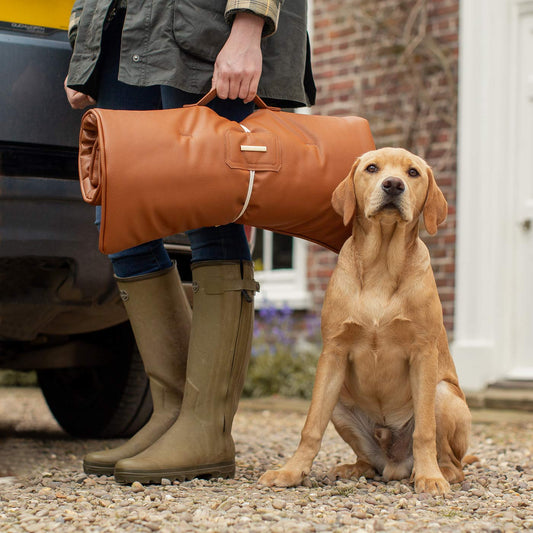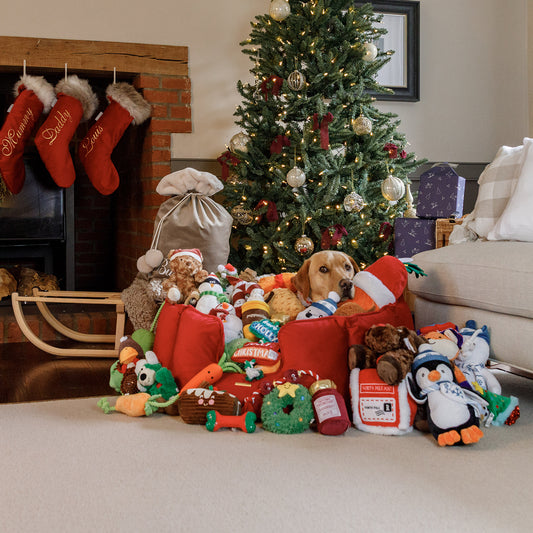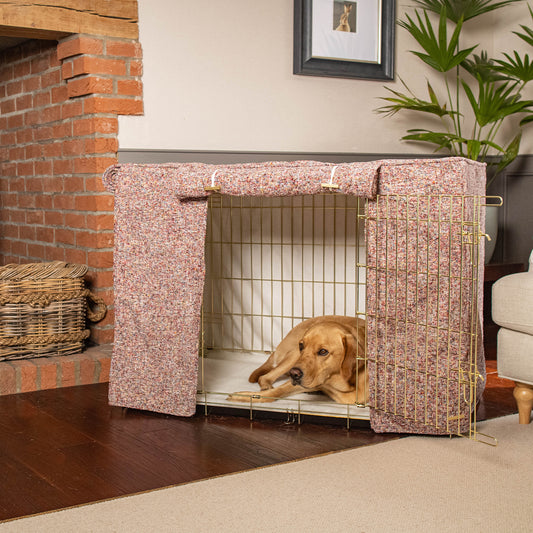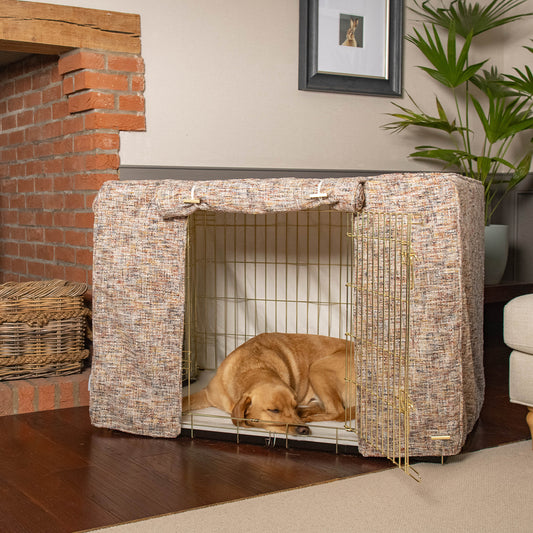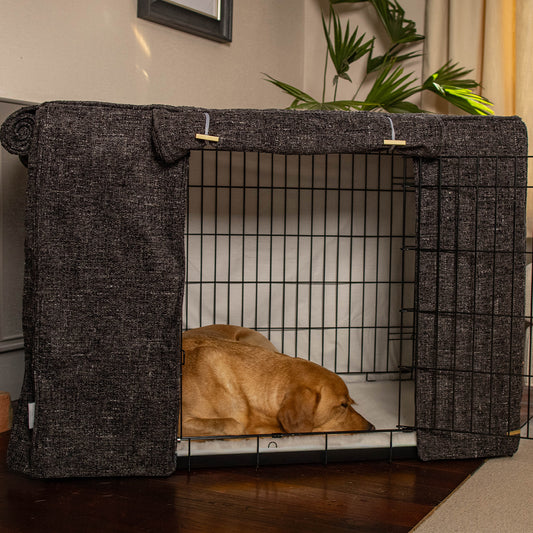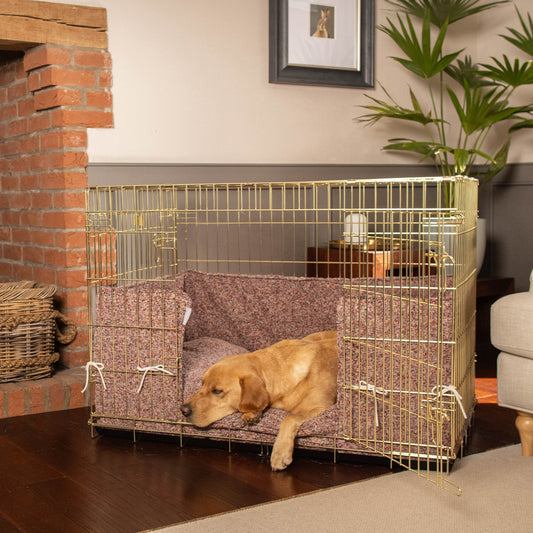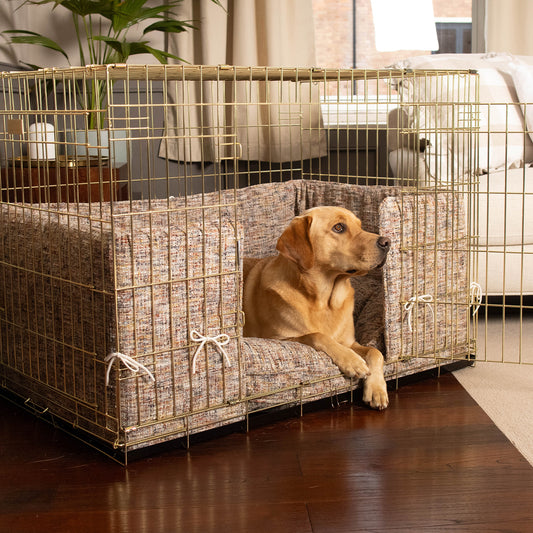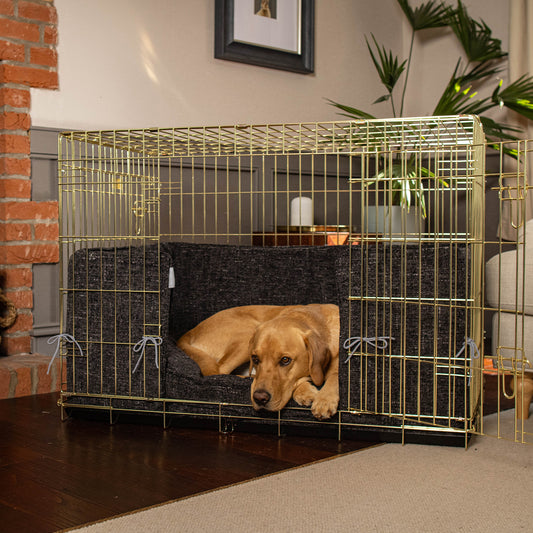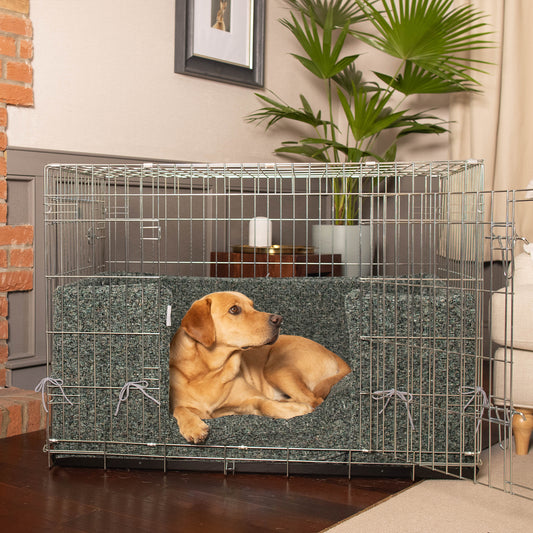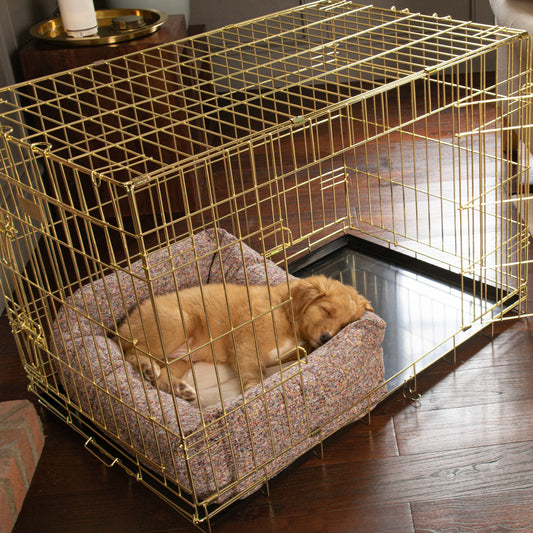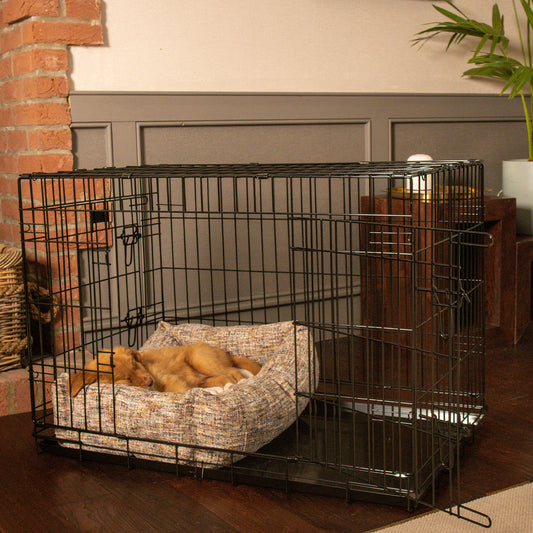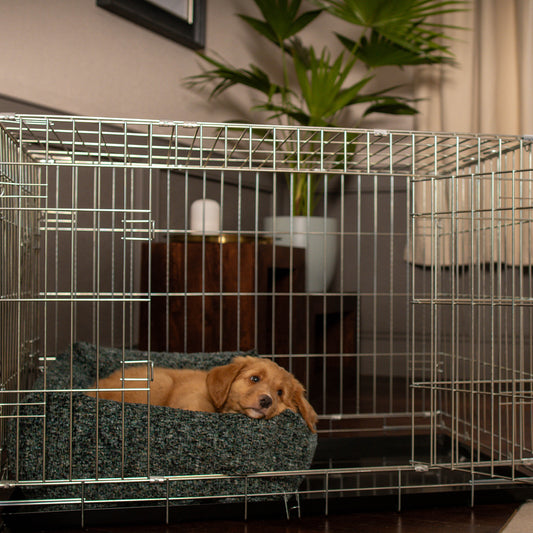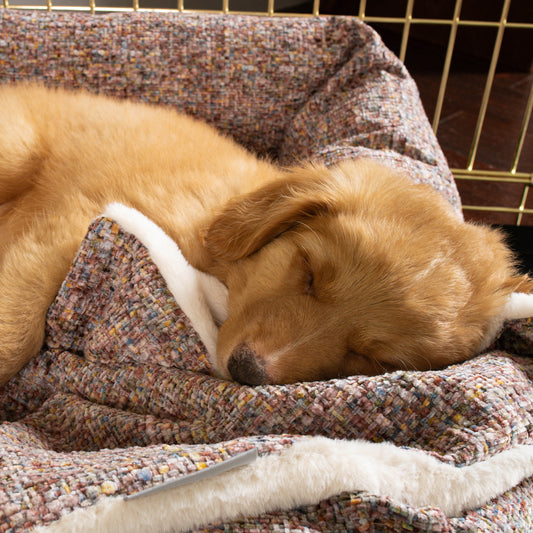Traveling with your canine companion can be an exciting adventure, but it requires careful planning and the right accessories to ensure a comfortable and stress-free journey for both you and your furry friend. From car travel accessories to travel beds and walking gear, we've compiled a comprehensive guide to help you pack the essential items for a successful trip with your dog.
Car Travel
Safety should always be a top priority when traveling with your dog in a car. It's a legal requirement to secure your dog whilst driving and there are a few ways you can do this.
Dog Seatbelts & Tethers
A dog seat belt or tether that attaches either to the ISO fix point in your car or clips into your seatbelt will help keep your furry friend secure and prevent them from moving around the vehicle, reducing the risk of accidents and injuries.Our favourite is the KONG ultimate safety tether, it's great for both small and large dogs whilst travelling and has been designed with your dog's safety in mind
Dog Booster Seats
For smaller dogs or cars with a small boot space, you may want your dog to sit in the main space of the car with you. A booster seat is an ideal choice for small breed dogs and puppies as it allows them to sit high up to see where they are going whilst keeping them secure with a harness attachment, we particularly like the Trixie car seat for dogs!
Travel Crates
Travel crates are a great option if you want to keep the main space of your car free for passengers, they fit in the boot of your car and keep your dog secure whilst traveling. For longer trips, they are a perfect safe space for your dog to rest comfortably during the journey. Make sure it's large enough for your dog to stand, turn around, and lie down.

Travel Beds
Here at L&L we have a few options which are perfect for travel.
Travel Mats
Our range of travel mats are the perfect travel companion, they come in our three most popular sizes and have a handy travel handle so you can take them with you anywhere! They roll up and fasten making them super easy to take out and about on your travels. They are perfect for popping in the boot of your car and to take along on your travels.


Sleepeze
The Sleepeze Dog Cushion is the ultimate sleep sanctuary for your pup! Super plump and cosy with extra deep hollow fibre filling, this handmade cushion comes in fun prints, with a handle for convenient portability. The perfect blend of comfort and style, the Sleepeze is great for a travel crate, as a stand-alone bed, and in the boot of your car!


Essentials Herdwick & Twill Beds
Many of our Essentials Herdwick & Twill beds have been designed with an Italian leather handle making them perfect for travel. They are designed using the most beautiful plush fabrics and fleece, perfect for home and away!


Travel Bags
Dogs come with a lot of stuff, especially if you're staying overnight somewhere. Investing in a dog-specific travel bag can be a game-change for keeping all their stuff in one place.
The Mobile Dog Gear bags are amazing, they have space for all you'll need for a weekend or a week away. These bags are designed to carry all your dog's essentials, such as food, treats, medication, waste bags, and even your dog's favourite toys. They even come with handy food storage containers and pop-up travel bowls - perfect for your staycations this summer.


If you're out for a day the Cocopup walking bags are the perfect size for all your and your dog's essentials, they have a handy treat pouch and come in a range of colours so you're sure to find one to match your outfit!
Dog Walking
When out and about your dog you'll need either a collar or a harness with an ID tag on, the choice for this comes down to personal preference and the suitability for your dog. Collars come in a whole array of materials and sizes to suit pretty much all breeds and ages of dog. If you have a small breed dog or a puppy, perhaps a buttery soft rolled leather collar and lead will be preferable; a stylish set that will fit their small frames comfortably. If you have a larger dog, perhaps the Dogs & Horses Colours collection will be more suitable.

For more stability and comfort, a harness can be a good alternative to a collar. Particularly good for breeds such as French Bulldogs who have shorter necks, they offer extra comfort and a good level of control when out walking. Also great for the adventuring dog, offering the support needed for hiking and scrambling! Harnesses are also a must have for the car, they're great for clipping your dog's seatbelt tether or booster seat on to.
If you're going on long walks you may want to get an extendable dog lead like the Flexi comfort leads, these are great for giving your dog the freedom to explore whilst making sure they don't stray too far.
Messy Pups
If you're on a muddy walk or go for a paddle in the sea you'll want to get your dog as clean and dry as possible before they get back in the car or into your home. Don't worry we've got you covered!
Drying coats are a great fuss-free way to dry your furry friend's luscious locks off! Our Lords & Labradors drying collection comes in four colours (Fir, Mole, Navy and Gun Metal) and is made from super soft and snuggly bamboo fleecy fabric. The collection has our drying coats, mitts and cushion covers - perfect to help dry them off after a splash at the beach or muddy puddle jumping!
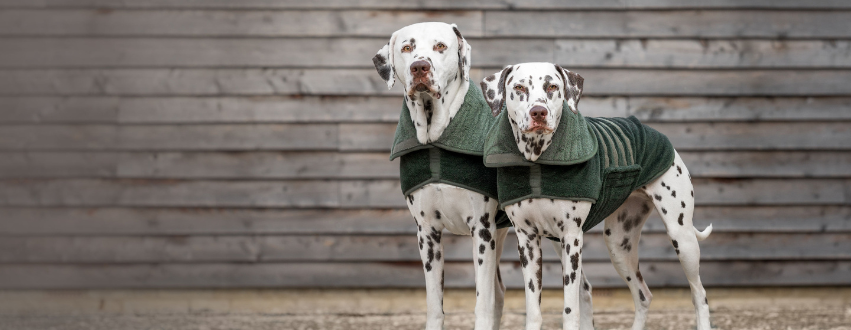
Dexas Mudbusters are perfect for any mucky encounters, they're an innovative way to help clean your dog's paws! Muddy paws go in and clean paws come out, super handy after trips to the park, walks, or hikes.
Keeping a pack of pet wipes to hand is always helpful, any accidents or muck can quickly be wiped away. We particularly love the Earth-Rated wipes which you can either get unscented or lavender-scented!
For once you're back home and are looking to bathe your pup after a day of mucky fun we love the PetPlex grooming collection. Formulated to salon quality standards, this grooming range really is the best of the best. Available in 4 wonderful ranges, Puppy purifier, Dirt Defeater, Curl Perfector and Derma Doctor, whatever your dog's coat type and skin requirements we're sure to have the grooming solution for them.

Travel Accessories
Travel bowls are a must! We particularly like the Beco versions which are collapsible and come in various sizes.
Charlie The Vet First Aid Kit is a must have on our packing list, it is packed full with over 40 items you may need whilst you're away. Charlie the vet created it with her may years of veterinary experience in mind, filling it with everything pet owners need on the go.

Traveling with your dog can be a rewarding experience with the right preparation and accessories. From ensuring your dog's safety in the car to providing them with a comfortable place to sleep and eat, these essential items will contribute to a seamless journey for both you and your four-legged friend. Remember to also pack any necessary medications, vaccination records, and identification tags to ensure a worry-free adventure. By planning ahead and catering to your dog's needs, you'll be well-equipped to enjoy the sights and sounds of the world together. Happy travels!






















































